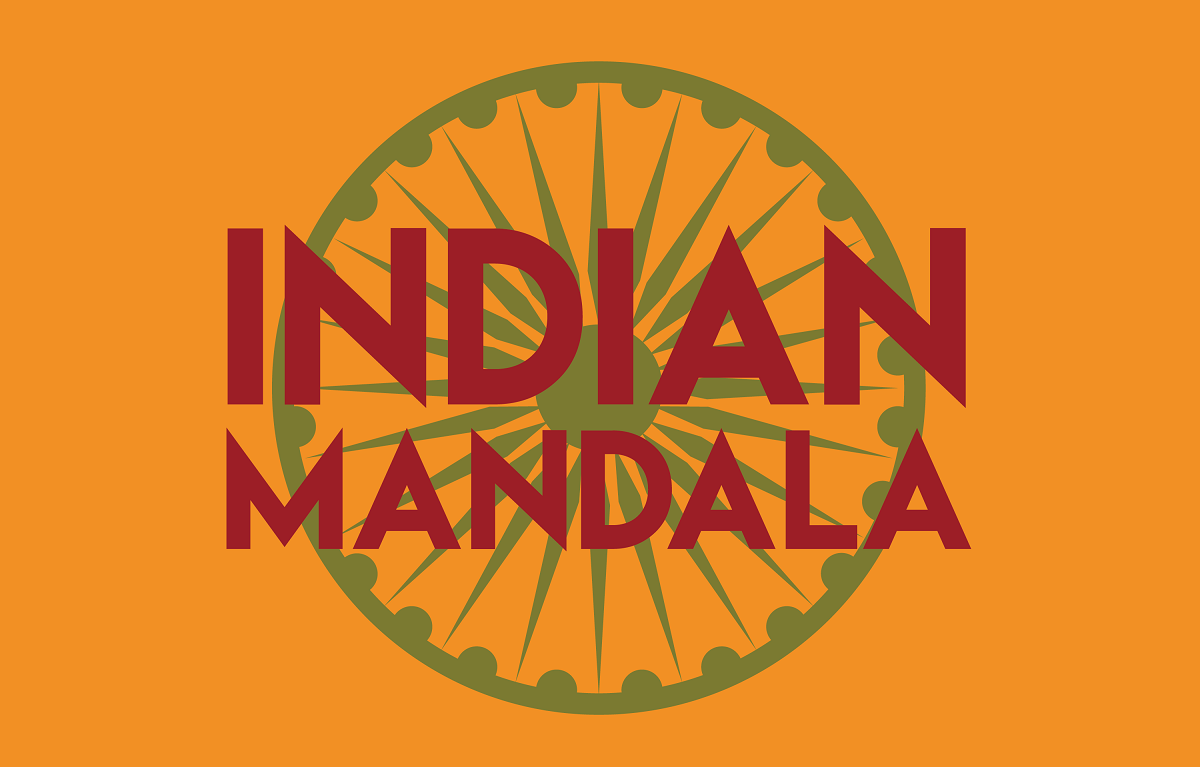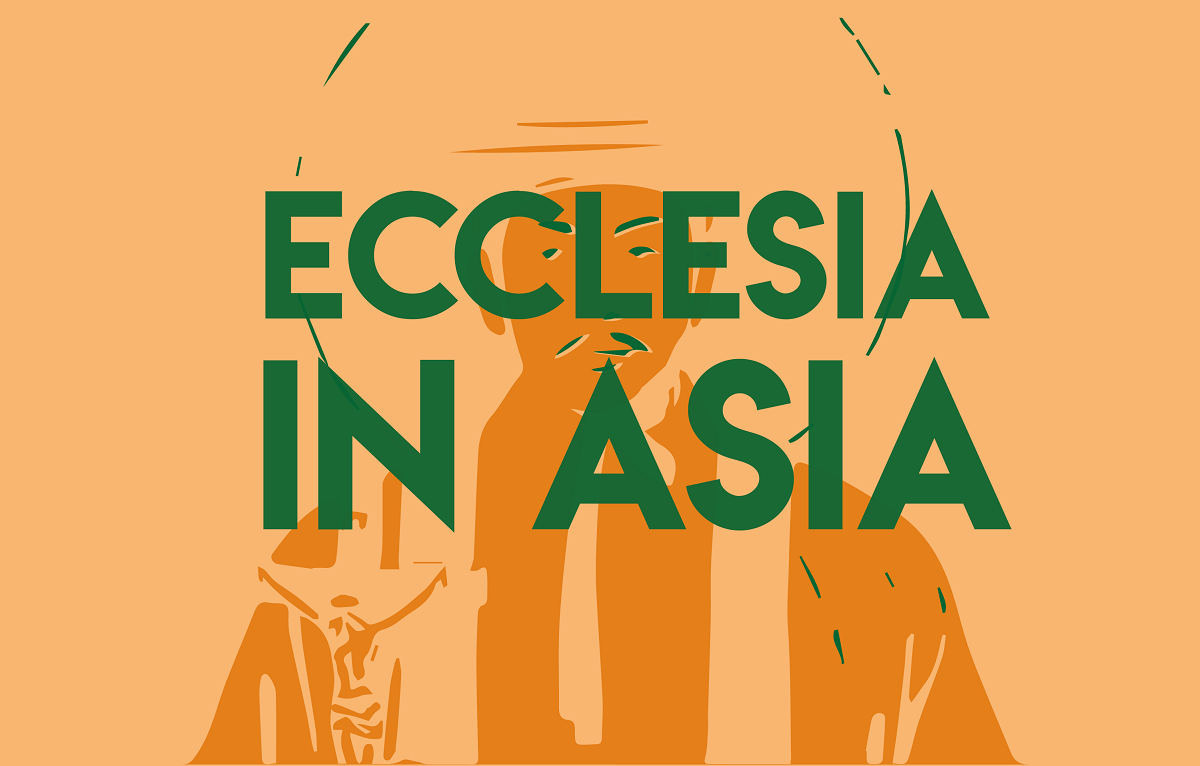Ahmedabad plane crash, a serious blow to Air India's ambitions
The tragedy involving a Boeing 787 Dreamliner yesterday, with over 200 victims, casts a long shadow on Air India’s growth plans. Once the national carrier, it was sold to the Tata Group a few years ago. The accident, the first with multiple deaths for this model, hits the company amid an ambitious expansion, while New Delhi wants India to become a global aviation hub. The investigation is focusing on the engine's thrust, but it will take time.
Ahmedabad (AsiaNews) – The devastating plane crash that shook India and the aviation world has cast a shadow on Air India’s growth plans. Founded by a member of the Tata family, the company was nationalised and then privatised a few years ago, bought back by the Tata Group.
A Boeing 787 Dreamliner that left Ahmedabad for London Gatwick crashed yesterday shortly after take-off, causing the death of all passengers and crew on board except for one.
More people were killed when the plane crashed into a medical college building outside the airport filled with people at lunchtime.
The crash, the first fatal accident of a Dreamliner (a model that began flying commercially in 2011), prompted an immediate investigation by Indian authorities, while Prime Minister Narendra Modi visited the crash site and hospital on Monday.
US safety experts are heading to India to help with the investigation.
The crash has hit an industry that has boomed in India in recent years. The number of airports, travellers and routes, both domestic and international, has grown at a dizzying pace.
Ahmedabad remains one of the few major cities where the airport is still in the middle of a dense urban environment, although a new airport about 80 km away is already in the planning stages.
India is the world's fourth-largest aviation market and is expected to quickly rise to third, after the United States and China.
Every week brings news of new destinations offered by Indian carriers, and new connections to India by foreign airliners. The Indian government aspires to turn India into a global aviation hub on par with Dubai and Singapore.
But for Air India, the former debt-burdened national carrier that the Tata Group bought in 2022 after years under government management, the disaster is a huge setback.
Under government ownership, which began in the 1950s as part of a nationalisation drive, the airline was associated with chronic delays and poor service.
With the change in ownership, Air India was looking to revamp its image and compete with global and domestic giants such as market leader IndiGo.
Last year, Air India, which has struggled for years with overstaffing and supply chain issues, ordered 100 additional Airbus planes, on top of an earlier order of 470 Airbus and Boeing aircraft, marking one of the most ambitious fleet expansions globally.
The crash of the Dreamliner, one of the most modern passenger planes in service, has raised questions about what could have gone wrong. The investigation is focusing on “whether the aircraft had a loss or reduction in engine thrust”.
While it is too early to determine the exact cause, experts point out that such a new model (the first flew in 2013 and was delivered to Air India a year later) is normally considered "a very good aircraft”, designed to fly longer non-stop flights.
Boeing shares tumbled nearly 8 per cent in pre-market trading and about 4-5 per cent in trading.
One survivor, Ramesh Viswashkumar, a British citizen of Indian origin, was sitting in a seat near an emergency exit. He said he walked out of a broken emergency exit after the aircraft hit a medical college hostel in the city of Ahmedabad.
“The side of the plane I was in landed on the ground, and I could see that there was space outside the aircraft, so when my door broke I tried to escape through it and I did,” he said.
“I don’t believe how I survived. For some time I thought I was also going to die,” added the 40-year-old.
The aftermath on the ground was tragic. About a hundred people were taken to a hospital in Ahmedabad, including some 50 medical students who were in their dormitory when the plane was hit. Four students died, some are in intensive care with serious injuries, and several are still missing.
Air India's ability to restore passenger confidence will depend on a transparent programme and the disclosure of the results of the investigation.
Despite the gravity of the event, Rajeev Kohli, director of Creative Travel in India, noted that the country's aviation industry has been relatively safe in recent years.
The last fatal plane crash in India was in 2020, involving a plane from Air India Express (the Air India’s low-cost arm), which killed 18 people.
India’s deadliest accident was the 1996 mid-air collision between Saudi and Kazakh aircraft, which killed 349 people and led to the mandatory introduction of collision avoidance systems in India’s airspace.
Worldwide, the current crash is the deadliest civil aviation disaster since 2014, when Malaysia Airlines Flight 17 crashed in eastern Ukraine, killing 298 people.
INDIAN MANDALA IS THE ASIANEWS NEWSLETTER DEDICATED TO INDIA. WOULD YOU LIKE TO RECEIVE IT EVERY FRIDAY? TO SUBSCRIBE, CLICK HERE.
24/05/2010
09/01/2021 14:48







.png)










